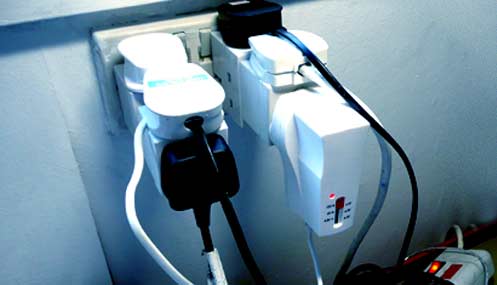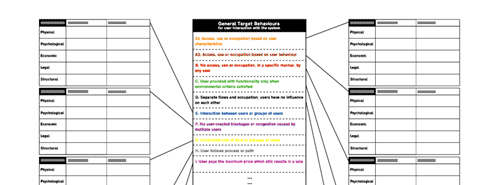|
Design for Sustainable Behaviour
Commenced: September 2007
Various techniques allow the characteristics of a product's use phase to
be influenced in favour of increased sustainability or reduced
environmental impact. In purely technological terms, increased
efficiency of operation is clearly a major goal, yet it may also be
equally — and independently — important to reduce or otherwise to alter
the period or manner of the product's use, and that means changing
users' behaviour.

This research centres on investigating techniques for using 'Design with
Intent' to change users' interactions with products and systems, so that
they are used in a more environmentally friendly manner (reducing energy
use, reducing waste generation, and so on). Methods of achieving this
range from 'hard' coercive constraints (technology which 'refuses' to be
operated in a certain manner) to 'softer' psychological constraints
which encourage or persuade the consumer to use the product in a
different way. The field lies at the intersection of technology and
human factors, with the limits of any approach's impact being determined
by both technological and interaction design issues.
Aims include: developing a 'toolkit' method for selecting techniques,
useful to environmentally sensitive product designers, interaction
designers and engineers working on future products and systems; and
testing practical implementations of some of these techniques, in
consumer electronic products, to determine their effectiveness at
achieving the target behaviour.

More details:
http://brunel.ac.uk/~dtpgdjl
Dan Lockton's research blog (regularly updated):
http://architectures.danlockton.co.uk
|